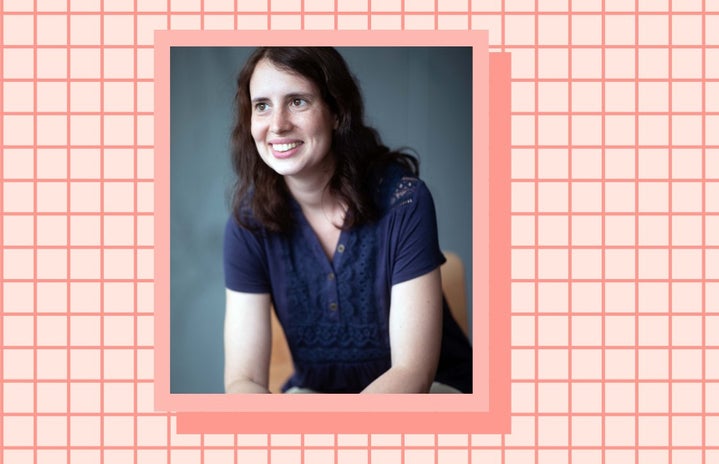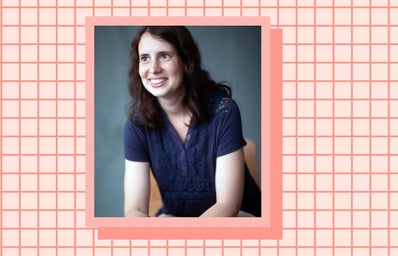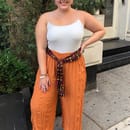If you think L’Oréal is only focused on creating your fave hair and beauty products, think again. Let us introduce you to the L’Oréal USA For Women in Science fellowship program: the program makes amazing strides for women in science by awarding handpicked applicants with significant grants to contribute to their projects in science, technology, engineering and math (STEM) fields. L’Oréal is one of the key leading companies to financially support women pursuing their dreams and careers.
Laurie Bizimana is a scientist and a fellow of the L’Oréal USA For Women in Science program and is working on a game-changing project to help people that have been affected by extensive trauma and brain injuries. Laurie also works with students on research to train and mentor them in her field of expertise. We chatted with Laurie about thriving in a male-dominated industry, her current projects, and key advice for other women breaking into STEM.
Her Campus (HC): How did you start your career in STEM?
Laurie Bizimana (LB): I’ve always been interested in how things worked. When I was in high school, I took a class at a community college in chemistry and I really enjoyed it. The professor was great and he invited me to take a small class, like a workshop, that he was teaching over the summer that dealt with instrumentation in the lab. I really loved it and I decided that I wanted to do research from that point.
What inspired you to apply for the L’Oréal USA For Women in Science Program?
LB: When I was in grad school, I was deciding what I wanted to do next and my last year in grad school. I had a baby, and so when I was looking around for science-related careers, I couldn’t find that many women who had just had a baby and who had decided to continue on in science. It was really hard for me because I didn’t see any positive examples that came before me. I ended up deciding to just go for it and see what happens and it worked out really well. When I saw the L’Oreal fellowship, I was impressed by how much they emphasized mentorship, so I decided that it would be a good idea for me to apply. I have a non-traditional story and I thought maybe they would be interested in hearing from a mom scientist.
HC: What projects are you currently working on?
LB: My PhD degree is in Chemistry, but I decided to go in another direction. I’ve always been interested in medical research, so right now I’m working on developing a technology to reconnect the brains and bodies of patients who’ve lost that connection due to an illness, a traumatic brain injury or a genetic disorder. This technology, if it’s successful, could also be used by scientists to study the brain and learn more about how it operates in healthy individuals and also what happens during disease or an injury.
HC: What is your motivation for the project?
LB: I got interested in the brain and how the brain functions in an experience that I had outside of science. Between my undergraduate and my graduate degrees, I spent a few months in Rwanda where I was teaching Chemistry and English. While I was there, I got very interested in understanding how PTSD and extreme trauma affect the brain, how the brain changes, and how people recover from such extreme trauma. So, I decided I wanted to do some research in the neuroscience field when I got out of grad school.
HC: What advice can you give to young women looking to work in STEM?
LB: I have three main pieces of advice: the first one has to do with getting there. My advice is to talk to as many people as possible — make as many connections as possible, get to know your mentors, your professors, your advisors, everybody, on a personal level. Find someone who believes in your potential and get to know that person really well, because mentorship is so important. That’s one thing that I was impressed by, with this L’Oréal fellowship — I met so many amazing women in science and it’s very inspiring to hear their stories.
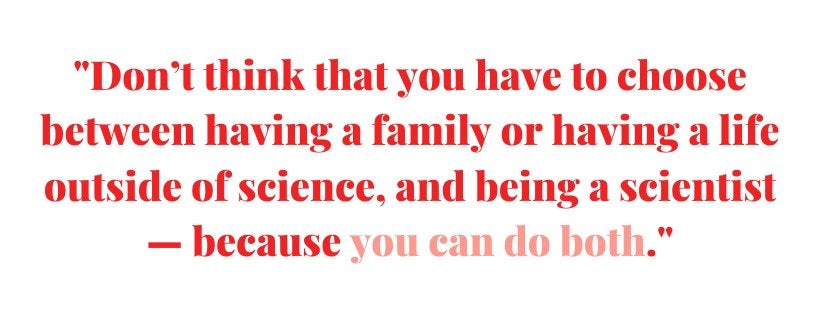
The second is learning how to fail well because when you’re doing research (especially with an engineering degree), you’re trying to do something that no one else has ever been able to do. It’s a completely new thing, and in order to figure out how to do it, you have to do it wrong many times. You have to learn how to fail, how to learn from failure, and how to not get discouraged. I always joke with the students I’m training that we’re basically paid to fail and if somebody already knew how to do it, we wouldn’t have a job anymore. That’s an important thing to learn.
Finally from my own personal experience, don’t think that you have to choose between having a family or having a life outside of science, and being a scientist — because you can do both.
HC: Why did you choose STEM as a career?
LB: I always liked learning how things worked and I like trying to figure out problems that no one else has ever looked at before. That’s basically what I do for a living now. I also like working with students a lot. When you do a lot of work in research, you do a lot of training. I’ve found that you don’t really understand what you’re doing until you try to explain it to someone else. Especially someone that doesn’t have much experience in the field you’re working in, they always have questions that you’ve never thought of before.
HC: Did you find it difficult to succeed in a male-dominated field?
LB: I guess women in science experience the same challenges that many women in other fields face. The most important thing is to make sure that you believe in yourself and find other strong women role models that you can follow so that you can see an example of success.
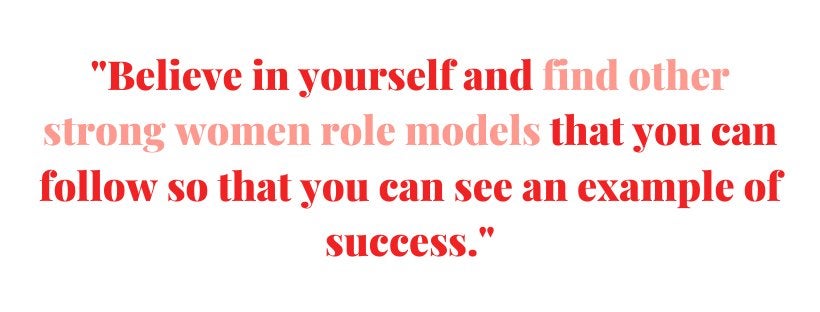
HC: What goals or projects do you have in mind for the future?
LB: I hope to develop this technology that I’m working on so it can be used in the clinical field, as well as in the research field. My personal interest is to use this technology to study the brain of individuals who have undergone extreme trauma and try to understand how that changed the structure of their brain. There is still a lot of stigma around mental health issues and if we can show the physical changes that come along with those mental health changes, then maybe mental health issues will become more accepted as medical issues, which is what they are.
HC: Anything else you’d like to share?
LB: I also want to give a quick shoutout to my husband for supporting me and my research and to the L’Oreal foundation for giving me this amazing opportunity to share my story with so many people and to help sponsor my research so that I’m able to make as much progress as I can.
To apply for the 2020 L’Oréal USA For Women In Science fellowship, click here.
Check out L’Oréal’s latest survey results, pinning down the 5 main reasons that keep women in STEM.
